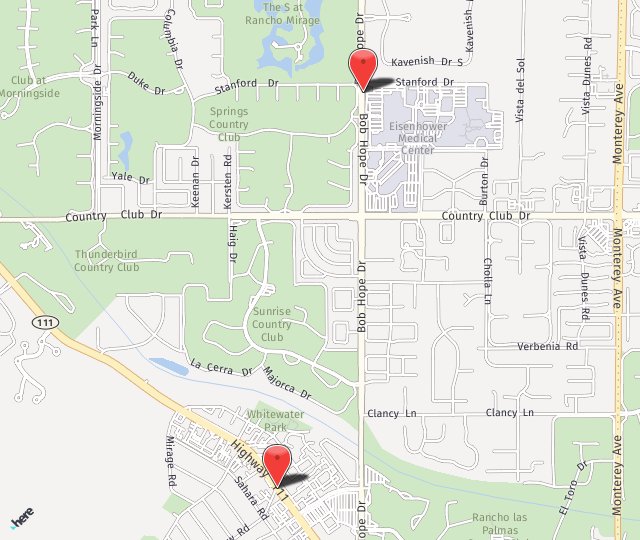Head & Neck Tumors
Head and Neck Cancer
Head and neck cancers encompass several different diseases that can affect the mouth, nose, throat and other surrounding areas. Most cancers of the head and neck begin in the lining of moist, mucosal surfaces such as the mouth, nose and throat. The cells in the lining are known as squamous cells, and may therefore be affected by squamous cell carcinomas.
Cancer can spread to other areas of the body and lead to serious complications. Prompt, thorough treatment is essential in restoring the health and overall well-being of patients with head and neck cancer.
Fortunately, many people with head and neck cancers experience symptoms right away that lead to an early diagnosis. Symptoms of head and neck cancers vary, but may include:
- Lump in the neck
- Hoarseness or other change in the voice
- Growth in the mouth
- Blood in saliva
- Difficulty swallowing
- Earache
- New or changed growths on skin
If you are experiencing any of these symptoms, your doctor may perform an endoscopy imaging test or biopsy, along with a complete physical examination. In order to confirm a diagnosis of cancer, a tissue sample needs to be examined under a microscope.
Once cancer has been diagnosed, it is important to determine the stage of the disease and whether or not it has spread to other areas of the body. Staging usually involves imaging procedures and can help determine the best treatment approach.
Treatment
Treatment for cancer depends on the type and location of the tumor, as well as the patient’s age and overall health. Treatment often includes surgery to remove the cancer, as well as chemotherapy or radiation therapy.
Surgery involves the removal of the cancerous tissue and some surrounding healthy tissue to ensure thorough eradication of the disease. Surgery may cause swelling and bruising, and may affect the patient’s ability to chew, swallow or talk. Chemotherapy is often administered after surgery and uses medication to kill residual cancer cells over repeated treatment sessions. Radiation therapy uses high-energy x-rays to destroy remaining cancer cells.
Submandibular Gland Surgery
Surgical removal of the submandibular gland may be necessary to provide relief from tumors or chronic infection. Submandibular gland excision is performed under general anesthesia, and patients usually return home the same day.
An incision is made by the neck, under the jawbone. The gland is then removed, and the incision is closed using sutures. After the submandibular gland procedure, a drainage tube is sometimes placed at the site of the incision; this is usually removed after two days. Sutures are removed a week after surgery.
Parotid Gland Surgery
The parotid gland is one of the three major salivary glands in the body that secretes saliva near the upper teeth and helps aid in digestion, oral lubrication and hygiene, and protection against tooth decay. This gland is susceptible to benign or malignant tumors that appear as a lump in front of or below the ear. Parotid gland tumors sometimes spread from other areas of the body to enter the gland through the lymphatic system. The parotid gland is also at risk for infection or a blocked saliva gland that interrupts normal functioning.
Treatment of these serious parotid gland conditions may require surgical removal of the gland. Removal of the parotid gland, known as parotidectomy, is performed under general anesthesia and may require a short hospital stay. Depending on the size of the tumor, a partial or total parotidectomy may be performed.
During a parotidectomy, an incision is made in front of the ear. It is important to identify the facial nerve during this procedure and carefully work around it in order to reduce a patient’s risk of facial paralysis. The tumor and a small margin of surrounding tissue are then removed through the incision. The incision is stitched closed with sutures and usually heals well. Sometimes a facelift type incision can be used to hide the incision scar.
Parotidectomy may take several hours to perform, depending on the type of removal and the size and location of the patient’s individual tumor. If the tumor is benign, surgery is usually the only treatment required with only a minimal risk of recurrence. Cancerous tumors may need to be treated with radiation therapy after surgery to ensure that all cancerous cells have been removed.


